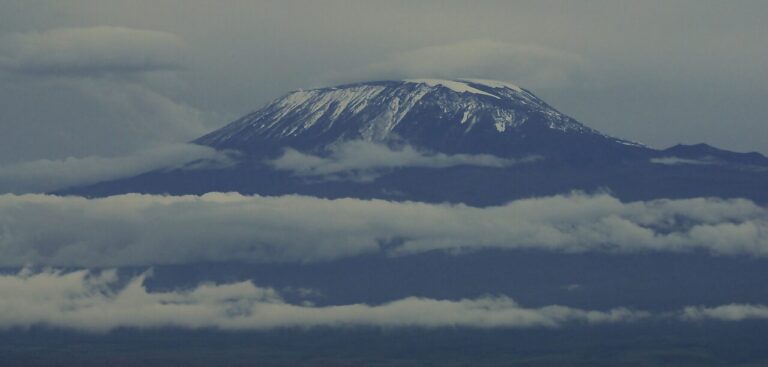UNESCO has warned that a third of the 18,600 glaciers identified at 50 World Heritage sites are set to disappear by 2050, representing almost 10% of the Earth’s total glacierized area [66,000km2 of 726,000km2 (Global Land Ice Measurements from Space [GLIMS])].
World Heritage glaciers include the highest (next to Mt Everest), the longest (in Alaska), and the last remaining glaciers in Africa, among others.
Conducted in partnership with the International Union for Conservation of Nature (IUCN), the new UNESCO study shows that these glaciers have been retreating at an accelerated rate since 2000 due to global warming. They are currently losing 58 billion tons of ice every and are responsible for nearly 5% of observed global sea-level rise.
The report concludes that glaciers in a third of the 50 World Heritage sites are condemned to disappear by 2050, regardless of efforts to limit temperature increases. However, it states that it is still possible to save the glaciers in the remaining two thirds of sites if the rise in temperatures does not exceed 1.5°C compared to the pre-industrial period.
Audrey Azoulay, UNESCO director-general, said, “This report is a call to action. Only a rapid reduction in our CO2 emissions levels can save glaciers and the exceptional biodiversity that depends on them. COP27 will have a crucial role to help find solutions to this issue. UNESCO is determined to support states in pursuing this goal.”
In addition to drastically reduced carbon emissions, UNESCO is advocating for the creation of an international fund for glacier monitoring and preservation. Such a fund would support comprehensive research, promote exchange networks between all stakeholders and implement early warning and disaster risk reduction measures.
Around half of the globe depends directly or indirectly on glaciers as their water source for domestic use, agriculture, and power.
Dr Bruno Oberle, IUCN director general, said, “When glaciers melt rapidly, millions of people face water scarcity and the increased risk of natural disasters such as flooding, and millions more may be displaced by the resulting rise in sea levels. This study highlights the urgent need to cut greenhouse gas emissions and invest in nature-based solutions, which can help mitigate climate change and allow people to better adapt to its impacts.”
Examples of endangered glaciers by region
Africa: According to available data, glaciers in all World Heritage sites in Africa will very likely be gone by 2050, incl. Kilimanjaro National Park and Mount Kenya.
Asia: Glaciers in Three Parallel Rivers of Yunnan Protected Areas (China) – #1 highest mass loss relative to 2000 (57.2%) and also the fastest melting glacier on the list. Glaciers in Western Tien-Shan (Kazakhstan, Kyrgyzstan, Uzbekistan) have shrunk by 27% since 2000.
Europe: Glaciers in Pyrenees Mont Perdu (France, Spain) – very likely to disappear by 2050. Glaciers in The Dolomites (Italy) – very likely to disappear by 2050.
Latin America: Glaciers in Los Alerces National Park (Argentina) – #2 highest mass loss relative to 2000 (45.6%). Glaciers in Huascaran National Park (Peru) have shrunk by 15% since 2000.
North America: Glaciers in Yellowstone National Park (USA) – very likely to disappear by 2050. Glaciers in Yosemite National Park (USA) – very likely to disappear by 2050. Glaciers in Waterton Glacier International Peace Park (Canada, USA) have lost 26.5% of their volume in 20 years.
Oceania: Glaciers in Te Wahipounamu – South West New Zealand (New Zealand) have lost almost 20% of their volume since 2000.
To view the complete UNESCO report, click here.



